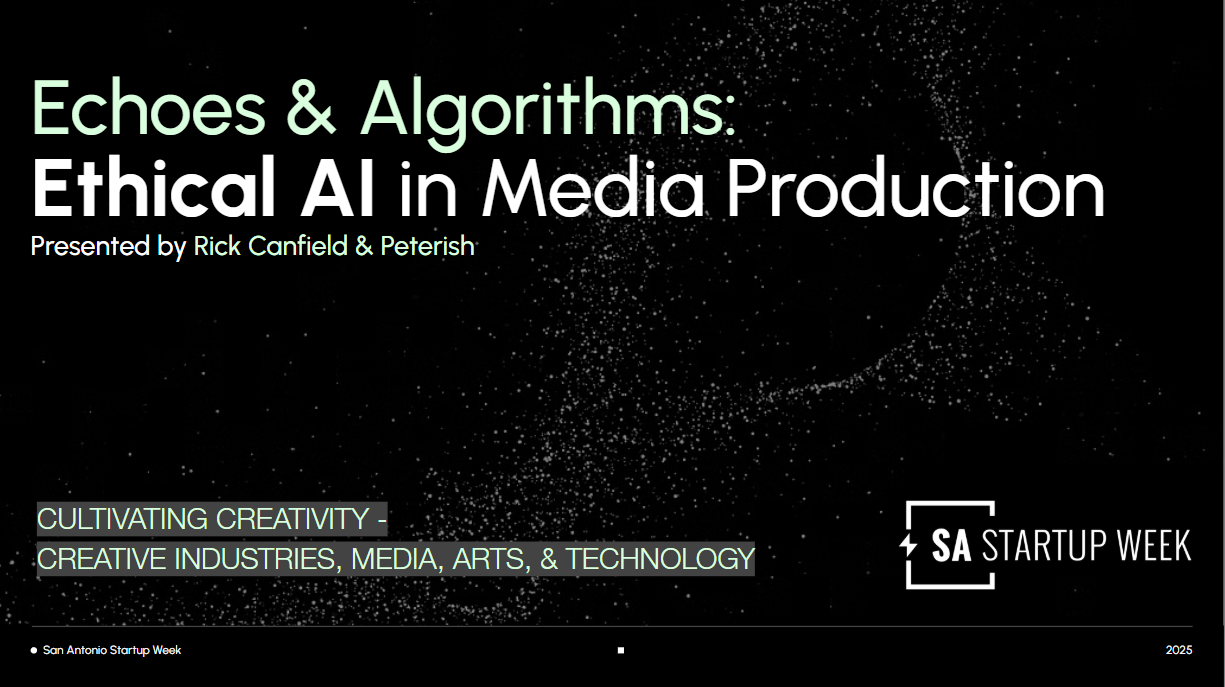Beyond the Hype: Blockchain Explained for the Absolutely CuriousIntro to the Blockchain
The word “blockchain” is everywhere. It’s the engine behind Bitcoin, the foundation of NFTs, and the plumbing for the entire metaverse. Yet, for many, it remains a mysterious, abstract concept—a complex technology that feels locked behind a wall of code and crypto jargon.
If you’ve ever wondered what a blockchain actually is and why it’s touted as the next great revolution after the internet, you’ve come to the right place.
The truth is, the core concept is surprisingly simple.
What Is a Blockchain, Really? (It’s Just a Ledger)
Imagine a traditional ledger, like a physical record book used to track financial transactions.
The key difference between a traditional ledger and a blockchain is how that book is managed:
| Feature | Traditional Ledger (Bank) | Blockchain (Decentralized Ledger) |
| Control | Centralized. Managed by a single authority (a bank or company). | Decentralized. Managed by a massive, distributed network of computers (nodes). |
| Integrity | Private. You must trust the bank not to alter the records. | Trustless. You don’t need a middleman; the network verifies records cryptographically. |
| Record Keeping | One master copy held in a vault. | Thousands of synchronized copies held by all participants. |
The Analogy: A Shared Google Doc
Think of a blockchain as a shared, transparent, and immutable Google Document spread across thousands of computers.
- Block: A “block” is simply a newly verified page of this shared document. It contains a collection of transactions (e.g., Alice sends 5 coins to Bob).
- Chain: Once a block is verified, it is stamped with a unique cryptographic code (hash) and linked securely to the previous block. This chaining process is permanent and sequential.
- Immutability: If anyone tries to alter a transaction on an old page (a block), the block’s cryptographic hash will change, immediately breaking the chain and alerting the entire network. Since thousands of copies exist, the network automatically rejects the single fraudulent copy in favor of the thousands of valid ones.
The result? A digital record that is secure, transparent, and nearly impossible to alter.
Why Is This Revolutionary? The End of the Middleman
Blockchain’s disruptive power comes from its ability to create trust without a trusted third party.
- Financial Transactions (Crypto): You no longer need a bank to verify a monetary transfer. The network does it instantly, often faster and cheaper.
- Digital Ownership (NFTs): You don’t need a central platform (like an app store or gallery) to verify you own a unique digital item. The token’s ownership is recorded on the public blockchain, giving you verifiable control.
- Identity and Data: Blockchain technology promises to give users sovereignty over their own data, moving control away from corporate giants and placing it back into individual hands (the core promise of Web3).
Beyond Bitcoin: The Types of Blockchains
While Bitcoin was the first major application, modern blockchains do much more than transfer currency:
- Public Blockchains (Permissionless): Anyone can join, read, write, and validate transactions (e.g., Bitcoin, Ethereum). This is the foundation of decentralized finance (DeFi).
- Private Blockchains (Permissioned): Participation is restricted to known entities (e.g., a consortium of banks or a supply chain network). These are often used by enterprises for internal efficiency and secure data sharing.
The Path Forward: Blockchain Is the Internet’s New Trust Layer
The blockchain is the foundational layer upon which the next generation of the internet—Web3—is being built. It enables the metaverse to have a real, functioning economy; it allows artists to receive automatic royalties when their work is resold; and it empowers consumers with control over their digital lives.
It’s complex, yes, but understanding the core idea—a shared, secure, and transparent digital ledger—is the first step toward navigating the future. The blockchain is not just changing finance; it’s changing the very nature of trust in the digital age.
- Echoes & Algorithms: Ethical AI in Media Production - October 28, 2025
- Creativity and AI Ethics: An Essential Toolkit for Game Dev Success - August 1, 2025
- Echoes on the Canyon Walls: Why the Pecos Rock Art is North America’s Oldest Grand Media - May 1, 2025






